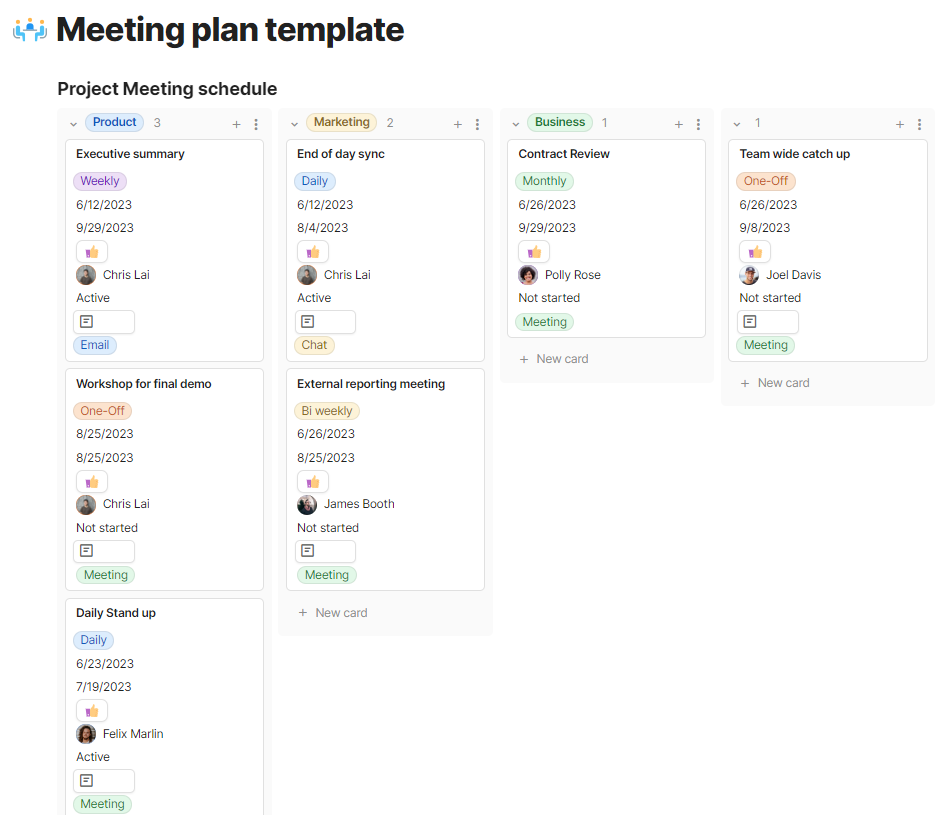Why use a project communication plan?
Project communication is in tandem with project success. There’s nothing worse when there are information silos between the team members. Everyone has to play a part in disseminating information but almost inevitably information can sometimes be locked up within teams or even worse, within individuals.
An overreaction would be to have constant communication through your favourite messaging app or meetings, which are a huge disruption to the productivity of all contributors. Overall, this means there is a fine balance of the cadence of communication. If there is over-communication, the team feels burdened and if there is under-communication, the team can feel lost.
This see-saw happens in different industries and in different types of projects.
What is a project communication plan?
A Project communication plan exhibits all forms of communication of a project. It’s created before the project starts and is maintained throughout the life of the project. The communication plan includes:
What do we communicate about? Knowing what to discuss helps keep the topic clear and makes it easy for the submitter to keep themselves from rambling.
Who needs to know? I would emphasise that this is to detail people who need this information first-hand. Other members of the team
How do we communicate? The form of communication can be an email, chat or meeting. It’s crucial to fit for purpose and figuring this out can take some time. A tip is not to default to a meeting, especially for updates.
When do we communicate? The cadence of communication keeps the flow of information going. Having fenced times for communication also ensures people can share at the same time.
Why do we need to know? Distilling the why makes the purpose much clearer to the team.
Free Project communications plan on Coda
Creating a reusable meeting schedule can help increase repeatability and ensure that all stakeholders are aligned. A consistent style also makes it easy for the internal team to start communicating from the get-go. Download our Free Coda Meeting Plan.
